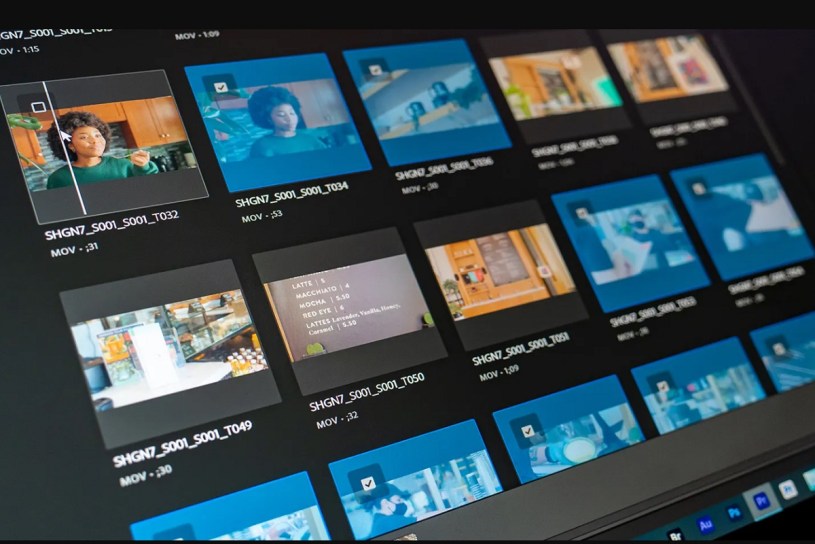Adobe has brought Frame.io’s video collaboration platform to its Creative Cloud customers and released updates to After Effects and Premiere Pro, including native M1 support for After Effects.
With the introduction of Frame.io for Creative Cloud, video editors and key project stakeholders – including producers, agencies, and clients – are able to collaborate in the cloud.
The integrated review and approval workflow for post-production is designed to allow editors to get to final approval faster.
As part of a Creative Cloud subscription, video creators can share work in progress with an unlimited number of reviewers anywhere in the world; get frame-accurate comments and annotations inside of Premiere Pro and After Effects without leaving their timeline; use Frame.io accelerated file transfer technology for fast uploading and downloading of media with 100GB of dedicated Frame.io storage; work on up to five different projects concurrently with another remote user; work with Camera to Cloud to get footage from cameras to editors, motion designers, and other stakeholders.
Adobe vice president of digital video and audio Steve Warner said the combination of Premiere Pro and Frame.io gave customers the “world’s only end-to-end solution for video creation from ingest to editorial to output”.
“This is the first step toward building a powerful, cloud-based platform for the future of video creation,” he said.
New Updates in After Effects and Premiere Pro:
After Effects:
• Native M1 Support now launches up to seven times faster and renders compositions twice as fast on M1 Macs compared to an Intel 10-core iMac Pro.
• Scene Edit Detection Powered by Adobe Sensei uses the latest artificial intelligence (AI) and machine learning technology to automatically detect scene changes in an edited clip and places them as individual layers or creates markers at edit points for faster project setup.
• Extended Viewer enables users to view 2D and 3D layers located outside a frame’s edge when using the Draft 3D engine, meaning they can see more of the design, navigate 3D space, and move 3D layers more easily. Users can hide or dim the area beyond the frame to get a look at the final shot.
• Binning Indicators for 3D Layers show which 3D layers render together in the same 3D space, enabling them to intersect and cast shadows on each other. This gives users a visual map of how After Effects composites 2D and 3D layers together.
Premiere Pro:
• Reimagined Import, Header Bar, and Export Experience:
– Import focuses on media rather than project settings, letting video creators scan and scrub files for assembling media from different locations.
– A Header Bar that provides a cleaner, more centralised navigation so users can quickly switch between the core tasks of import, editing, and exporting.
– Export lets users quickly upload media directly to popular destinations like YouTube, Facebook, and Twitter. It features smart presets that take the guesswork out of encoding and preparing files for delivery, making it easier for both new users and pros to deliver content.
• Auto Color Powered by Adobe Sensei uses AI to generate first-pass colour corrections. It acts as a guide to help new content creators become familiar with adjustments. It is also a jumping off point for experienced users to fast track their color correction before moving on to secondary colour tasks, like skin tone or sky adjustments. Auto Color was introduced as Auto Tone in Premiere Pro public beta in 2021.
• Performance and Workflow Improvements include the ability to show and hide markers by color, a Remix progress indicator for audio clips, and improved trim mode playback looping.
• New Free Adobe Stock Assets including thousands of HD video footage, motion graphics templates, and more, are now available in app.


